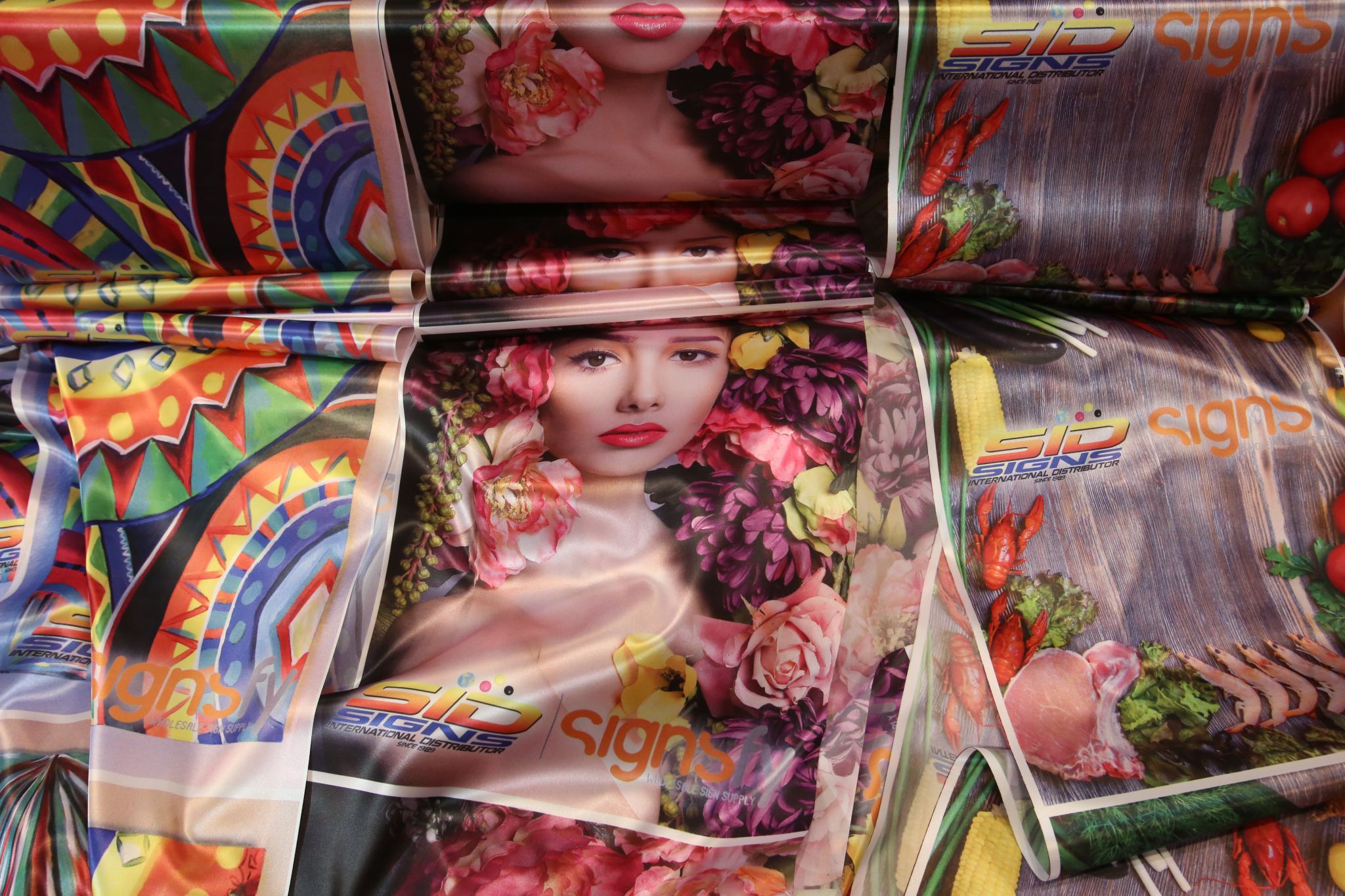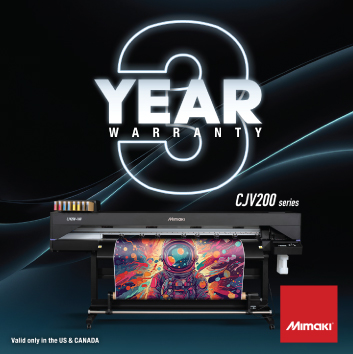Technologies and trends in the print market
By Steve Urmano

Digital wide-format printing continues to be one of the most significant areas of growth in the print industry. Print volumes experienced a compound annual growth rate (CAGR) of more than nine per cent between 2014 and 2019 with over 2586 m2 (27,830 sf) printed in North America in 2014. This growth cannot be attributed to a single aspect of wide format; it is the collective result of increased adoption, new technologies, and an ever-expanding range of applications such as soft signage, rigid panel printing, textiles, and backlit displays.
In this article, the author examines some of the important trends and opportunities in the wide-format printing market, the different media types, their benefits, how they are used as well as key factors businesses should consider while investigating any new investment opportunities.
Wide-format printing growth
Over the past few years, there has been steady growth in the acquisition of wide-format equipment as well as significant changes in ink and machine preferences. That said, overall printing equipment placements have reduced, yet print volumes continue to grow as systems scale up in size. This transition is no coincidence—the shift from solvent printing to durable aqueous inks and ultraviolet (UV)-cured print applications has greatly increased in the past few years. UV-curable machines are now becoming more widely adopted and have taken the space that was previously dominated by aqueous and solvent inkjet printing systems.
Wide-format printing technology and services present various opportunities for sign companies and print service providers (PSPs). An installed base of nearly 300,000 wide-format printing systems produces a broad range of applications and consumes countless litres of ink and millions of square metres of media.
Inkjet technology has evolved even further. A variety of new products and capabilities are strengthening the market and creating even more opportunities. Today’s devices offer wider print widths, flexible configurations, and a range of ink types to suit different needs. Additionally, preferences for soft signage,
hard board and plastics, and polypropylene alternatives to polyvinyl chloride (PVC) have created a wider range of printing materials. Tension fabric display materials are available in many sizes for front or backlit use. In addition to becoming more cost-effective, print materials are also more environmentally friendly.



